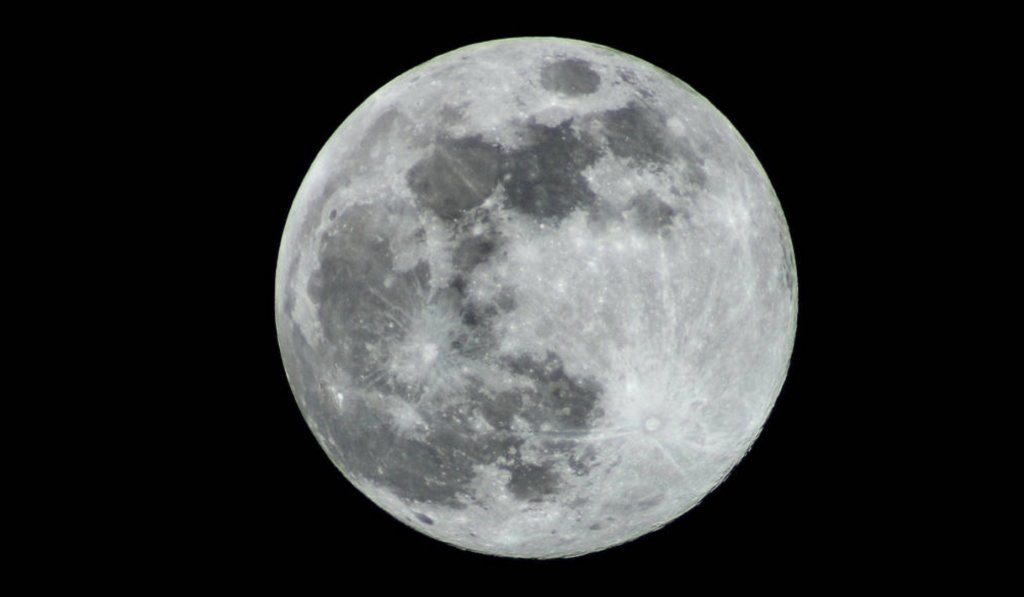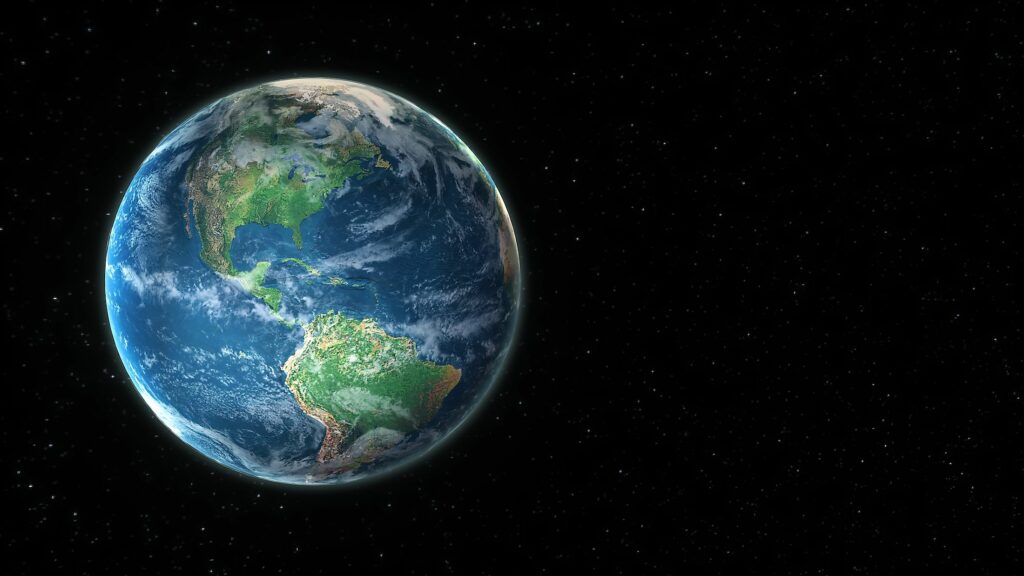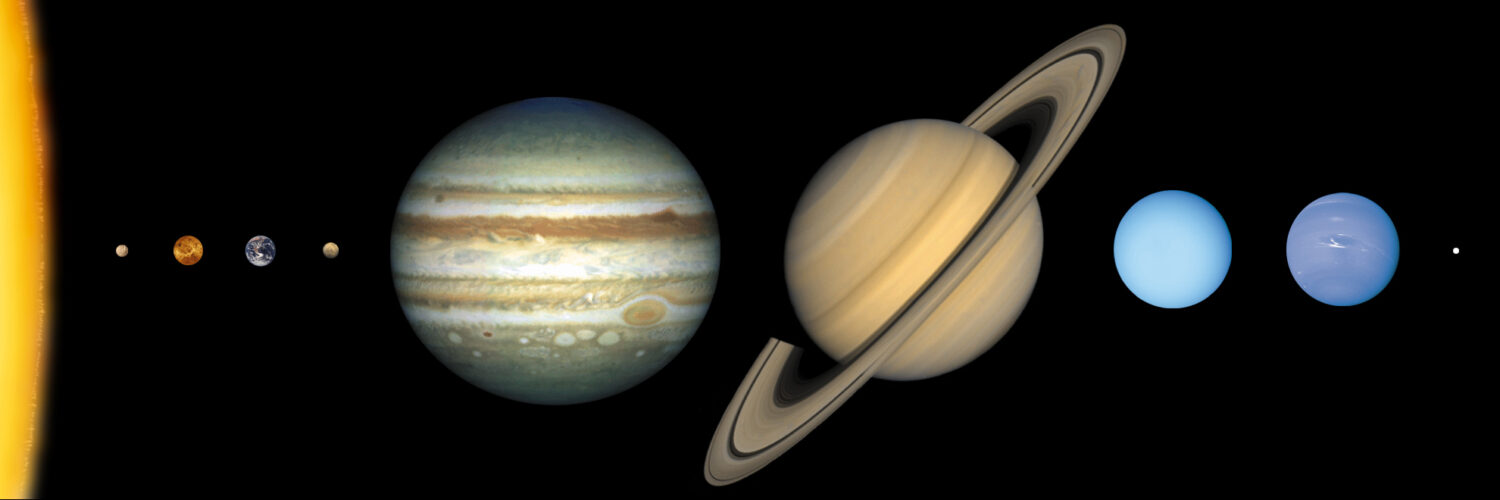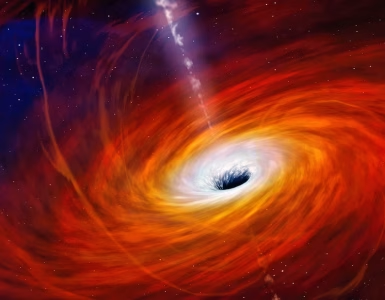The solar system can be described as an orderly arrangement of different stars and planets. The solar system is made up of the sun and all other objects that revolve around it. This includes the eight planets, moons, dwarf planets, asteroids, meteoroids, and comets. The eight planets mentioned above are Mercury, which is the closest to the sun, Venus, Earth, Mars, Jupiter, Saturn, Uranus, and Neptune. Mercury, Venus, Earth, and Mars are called the Terrestrial planets due to their rocky and solid nature. Jupiter and Saturn are the gas giants, while Uranus and Neptune are called the ice giants.
Between the orbits of Jupiter and Mars, we have the main asteroid belt. It contains many solid, irregular-shaped bodies of different sizes, known as asteroids or minor planets. Next is the Kuiper Belt that lies beyond Neptune’s orbit – a sparsely filled ring of icy bodies. We also have dwarf planet Pluto and the Oort Cloud, which exists beyond the Kuiper Belt.
The Oort Cloud is made of frozen pieces of space debris that orbit our sun at a distance of up to 1.6 light-years. It’s where the sun’s gravitational effect ends and where orbiting objects can turn around and return closer to the sun. The Oort Cloud spans a distance of 5,000 to 100,000 astronomical units. One astronomical unit (AU) is measured as the distance between the Sun and Earth (about 93 million miles or 150 million km).
Meteoroids are space rocks that orbit the sun. On the other hand, Comets are found far within the Kuiper Belt and even further out in the Oort cloud. Astronomers believe our solar system was formed a long time ago (about 4.5 billion years ago), when a vast interstellar cloud of gas and dust collapsed on itself, forming the star that serves as our solar system’s anchor – the sun.
Beyond The Solar System
The stars we see in the night sky are not the only planets beyond our solar system. Thousands of planetary systems orbiting different stars in the Milky Way Galaxy have been discovered so far, with new planets being discovered all the time. According to scientists, the Milky Way is one of maybe 100 billion galaxies in the universe, and most of the hundreds of billions of stars in our galaxy are estimated to host planets of their own. Even though our planet is a speck in the infinite universe, research shows that we have many companies. We seem to dwell in a universe full of planets.
Moons

The solar system consists of more than 200 moons known as natural satellites, and several more are still awaiting confirmation. They orbit planets, dwarf planets, asteroids, and other debris. Mercury and Venus have no moons, Our planet Earth has only one moon, and Mars has two small moons. As the planets that lead the moon count of the solar system, Jupiter and Saturn have dozens of moons. Uranus and Neptune have more than ten moons each. Although smaller than Earth’s moon, Pluto has five moons, including the Charon, the largest of Pluto’s five moons (half the size of pluto).
Role of The Earth’s Moon
The moon that we see at night has a significant impact on our planet. Its gravitational pull regulates the ebb and flow of the tides, also known as tidal movements. This are crucial for ocean currents and weather patterns. Our moon’s gravitational force also helps to stabilize the Earth’s axis in relation to the plane of its orbit around the sun. The Earth’s moon also provides light by night.
The Sun

The sun is positioned at the heart of the solar system. It is the largest object in our solar system, accounting for 99.8% of its mass. It radiates the majority of the heat and light that makes life on Earth possible. The sun is about 109 times the diameter of the Earth and can contain 1.3 million Earths.
The sun burns steadily and is neither too big nor too hot. It is an appropriate type of star for the Earth and other planets because, unlike other stars, it is not gravitationally tied to one or more other stars and does not revolve around them. The sun also has a gravitational force so huge that it keeps every planet and particle in orbit. To match the energy supplied by the sun, NASA estimates that 100 billion tons of dynamite would have to be exploded every second.
Our Planet Earth

The Earth, as the third planet from the sun, is the only planet that supports life. It is also the only planet with a huge amount of liquid water essential to sustain life. About 71%, that is, two-third of our world, is covered in water. Earth has an atmosphere rich in nitrogen and oxygen, which protects it and the life within it from solar radiation. The Earth’s surface rotates around the sun at more than 18 miles per second (29 km per second), and it is the largest among the four rocky planets in our solar system.
Location
The solar system is positioned between two of the Milky Way’s spiral arms – a region with relatively few stars. The position of the solar system is nothing but perfect. If the solar system were close to the center of the Milky Way, the Earth would be too hot; we would get exposed to deadly radiation from exploding stars and suffer the harmful effects of being among a dense concentration of stars.
If the solar system were far from its current position, the Earth would be too cold, oceans would turn into a thick block of ice, and it would be tough for humans to survive, among many other things. A planet must be at the proper distance from its sun for surface water to remain liquid. Planetary scientist Andrew Ingersoll explains, “Mars is too cold, Venus is too hot, and Earth is just right.”
Atmospheric Conditions
The solar system is surrounded by a giant bubble called the heliosphere. The heliosphere is created by electrically charged particles generated by the sun, known as Solar Wind. It shields the planets and other objects from cosmic rays (high-speed interstellar particles). Some planets are encased in their bubbles, known as magnetospheres, within the heliosphere. This protects them from the most dangerous kinds of solar radiation. Our planet, Earth, has a powerful magnetosphere, whereas Mars and Venus do not.
Many of the major planets also have their atmospheres. The Earth’s atmosphere, for instance, is primarily made up of nitrogen and oxygen, both of which are essential for life to exist. Venus and Mars have carbon dioxide atmospheres mainly, whereas Jupiter, Saturn, Uranus, and Neptune have mostly hydrogen and helium atmospheres. Mercury is devoid of any atmosphere, but it has an extremely thin covering of oxygen, hydrogen, sodium, helium, and potassium, which scientists call exosphere. Moons can also have atmospheres, although Titan, Saturn’s largest moon, is the only one known to have a thick, nitrogen-rich atmosphere.
Exploring The Universe
For centuries, scientists assumed that Earth was at the center of the universe, with the sun and other stars circling it. However, Nicolaus Copernicus, a German mathematician and astronomer, disproved that notion in the 16th century. He presented compelling proof that the Earth and the other planets revolve around the sun.
Today, astronomers, with the aid of advanced technology, are studying other stars in our galaxy that have planets. This includes some star systems with several planetary companions, such as our own. As of now, scientists estimate that there are billions of planetary systems in the Milky Way galaxy alone, based on the thousands of known worlds discovered so far.



Add comment